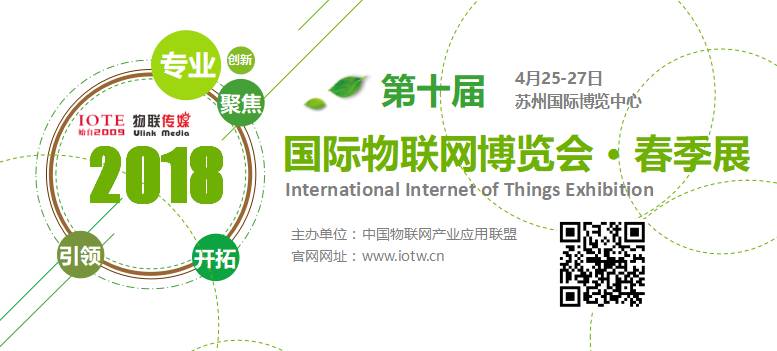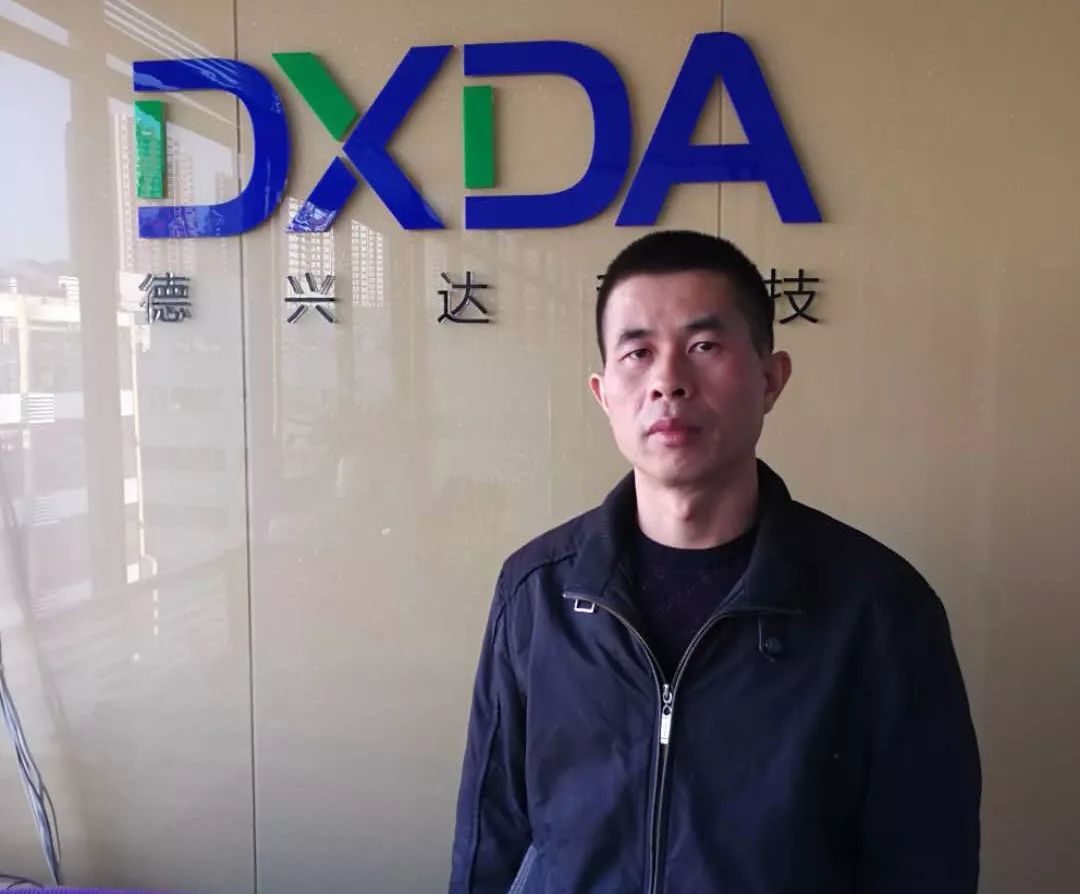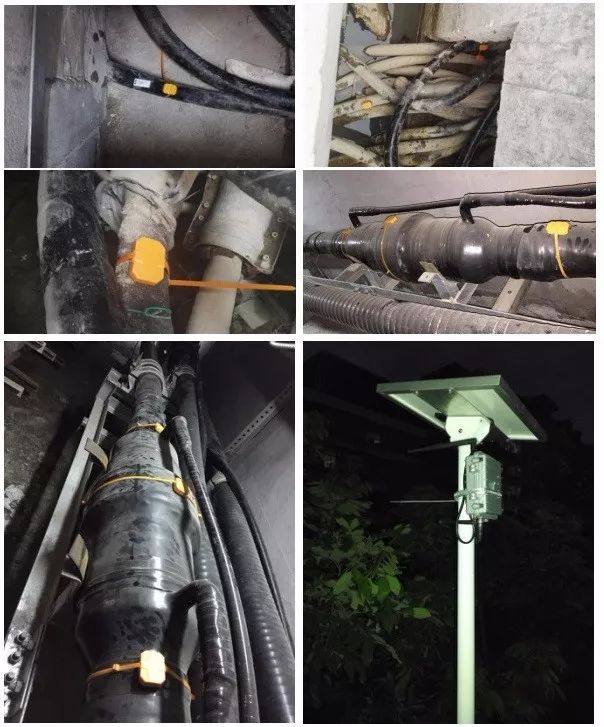

Recently, a serious accident occurred on Shenzhen Metro Line 11. A construction company exceeded the boundary while driving piles, causing damage to the metro’s contact network equipment, which hindered operations along the entire line, leaving many passengers stranded. After more than ten hours of emergency repairs, service was restored.
Similar incidents in domestic subways are not uncommon. Industry professionals told reporters that if a vibration sensor network system had been deployed in the area before this incident, such a tragedy might have been avoided.
A sensor network is a computer network composed of many automated devices distributed in space, which use sensors to collaboratively monitor physical or environmental conditions at different locations (such as temperature, sound, vibration, pressure, motion, or pollutants). The development of wireless sensor networks initially originated from military applications such as battlefield monitoring, but today, wireless sensor networks are applied in many civilian fields, such as environmental and ecological monitoring, health care, home automation, and traffic control.
Application Demand for Sensor Networks is High, but Challenges are Great
In various types of IoT applications, front-end data collection and sensing devices are a crucial link. The primary issue that needs to be addressed for the implementation of sensor networks is reliable data collection, immediate transmission, and ultra-low power technology.Currently, data collection is generally achieved through RFID technology; data transmission relies on various types of network technologies, among which the emerging LPWAN (Low Power Wide Area Network) technology is gaining increasing popularity among users.Globally, the demand for IoT services is continuously growing, with the demand for LPWAN showing a multidimensional increase. It is predicted that by 2022, the global LPWAN market value will exceed $46 billion. The two core technologies in the LPWAN field are the LoRa technology currently dominated by Semtech and NB-IoT (Narrowband IoT), both of which have been widely recognized domestically.
These two technologies have divided LPWAN into two camps: from the perspective of the frequencies used, LoRa IoT technology operates on unlicensed spectrum, while NB-IoT operates on authorized bands, costing more than $500 per MHz, allowing telecom operators to deploy NB-IoT in protected bands, 4G LTE spectrum, or dedicated networks.
“To build a complete urban sensor network, using LoRa technology requires consideration of the scale of base station construction and maintenance in wide area networks and the issue of co-frequency interference.” Mr. Huang Zhiyong, the technical director of Shenzhen Dexingda Technology Co., Ltd., said in an interview. The reason is that: first, the frequency resources in the working frequency band of LoRa are very limited, and with the increase of practical application projects, the phenomenon of “frequency grabbing” will inevitably occur; second, the LoRa network requires dedicated gateway support during operation, whereas NB-IoT does not have this issue, as its infrastructure directly connects the base station and the sensor. Therefore, without substantial user node support, it is difficult for the LoRa network to have a large scale like telecom operators that can continuously invest without considering profitability for many years, while the management of frequency resources without administrative intervention makes it impossible for LoRa’s frequency resources to be reasonably and fully utilized.

Mr. Huang Zhiyong, Technical Director of Shenzhen Dexingda Technology Co., Ltd.
Huang Zhiyong
However, regardless of which LPWAN technology is used, the fragmentation of IoT applications and the complexity of front-end application scenarios and environments often leave system integrators or project companies struggling with IoT front-end hardware development and algorithms.
“In traditional sensor network systems, system integrators often need to first plan project requirements, then search for corresponding hardware through software architecture, and look for hardware suppliers for sensors, DTUs, power supplies, communication devices, etc., for testing and assembly. The entire process is very complex and tricky.” Mr. Huang told reporters, “Users have always hoped to package all of this into an integrated solution for a one-stop solution.”
IoT industry users, especially most system integrators, have long hoped for a complete hardware sensing and communication device system that is self-organizing, can interconnect, operates stably and reliably for a long time, and has ultra-low power consumption. Moreover, the coupling between such a complete hardware system solution and system software should be simple and fast, even eliminating the need to develop middleware or other algorithm-level software.
DePlus Self-Organizing Network Technology Brings System-Level Ultra-Low Power Consumption
Recently, Dexingda, thinking from the user’s perspective, developed a complete set of specific DePlus series RFID products for the diverse application scenarios of the IoT, including front-end sensing RFID and front-end hardware wireless networking and algorithms. The protocol transmits specific collection results to the upper layer instead of a bunch of data waiting for analysis and judgment, positioning the technology application in regional IoT solutions, such as underground working wells, underground channel corridors, large or super-large communities, commercial centers, factories, etc.

Mr. Huang pointed out: “By using DePlus protocol RFID, system integrators can directly obtain IoT perception results from the DEPLUS gateway, eliminating the need to develop specific hardware-related algorithms within the system software, greatly reducing the development workload for integrators and significantly improving project speed and system reliability.”
The technical characteristics of the DePlus protocol RFID launched by Dexingda are as follows:
It adopts a new generation of active RFID identification technology that works in a bidirectional fast communication mode with a 1/10000 ultra-low duty cycle, which also has identity recognition and sensor data collection control functions;
The protocol includes a complete network layer MESH connection protocol, with a mesh interconnection relationship among routers deployed in a fixed area, which can eliminate data packet loss issues;
By synchronizing network clocks and implementing clock correction and approximation algorithms, it maximizes the utilization of air channels, significantly reduces the probability of communication collisions between nodes, thus supporting more terminal numbers and lowering network hardware costs;
It introduces the concept of wide area network bridges and routers, allowing each micro-network to connect to the gateway and employs spread spectrum communication technology, with a receiving sensitivity of up to -130dbm;
It features a unique intelligent routing sleep technology, which, through a strict network clock synchronization mechanism, significantly shortens the routing startup time and reduces network overhead by 80% through unique channel allocation and management technology;
The protocol includes a comprehensive range of sensor interface types, including IIC/SPI/RS232/485/AI/DI/AD and most sensor device interface standards. The flexible interface design, combined with a complete power control mechanism, ensures that the energy consumption of RFID remains minimal even after integrating sensors.
According to Mr. Huang, Dexingda has commercialized the DePlus RFID technology, launching nearly 20 types of sensing tags such as self-organizing temperature and humidity sensing RFID tags, self-organizing displacement/vibration sensing RFID tags, and self-organizing smoke sensing RFID tags, as well as over 30 professional products including self-organizing communication routers, spread spectrum routers, bridges, self-organizing wired gateways, and wireless spread spectrum gateways.
“The application market for DePlus RFID is very rich. We have already had successful cases in the power industry, including underground passage pipelines, intelligent working wells, and intelligent property management,” Mr. Huang said.
Complementing LPWAN, Coexistence in Distinction
It is well known that LPWAN is designed for low bandwidth, low power, long range, and massive connectivity IoT applications, meeting the growing connection needs of IoT devices over long distances. However, users have found in practical applications that NB-IoT achieves low power consumption through long periods of “idling.” Although its PSM (Power Saving Mode) and eDRX (Extended Discontinuous Reception) modes can significantly reduce terminal power consumption, they do so at the cost of sacrificing data real-time performance. This is not suitable for scenarios that require remote irregular monitoring (such as underground pipelines, intelligent working wells, intelligent property management) and have high real-time requirements.
Mr. Huang cited the example of the underground passage pipeline in the power industry, which faces many practical issues. First, mainstream LPWAN technologies generally cannot cover it, and even if they can, the costs are high; second, addressing the ultra-low power consumption issue previously requires solving the power supply issue for the tags. In urban underground utility applications, Dexingda has taken the lead in launching a completely battery-powered signal coverage small base station product and solution, which is a first in the country. The hardware solution for the intelligent property wireless monitoring and personnel positioning system based on the DEPLUS protocol has also successfully completed network testing in a super-large community in Longgang, Shenzhen, further proving the practicality and advancement of Dexingda’s IoT solutions.


“Our positioning is very clear: we want to position DePlus as a complement to mainstream LPWAN technologies, enabling complementary and distinct applications, allowing the nerve endings of the IoT to be distributed more widely and more intricately.” Mr. Huang told reporters, “Since 2016, Dexingda has begun serving a large number of quality clients including State Grid, China Southern Power Grid, China Telecom, Vanke, and Aerospace Science and Technology Corporation.”
Reporters learned that Dexingda has begun to build its own RFID hardware ecosystem, currently including tags, PDAs, sensors, gateways, energy collection hardware, energy-saving hardware, and various application solutions. In the future, in addition to consolidating the advantages of DePlus self-organizing network technology, Dexingda will also cooperate with telecom operators to launch unique NB-IoT solutions based on the core DEPLUS protocol. Let’s wait and see!

Readers who read this article also viewed:
-
10 billion Alipay red envelopes can’t stop me from going here!
-
RFID industry applications accelerate again, companies actively prepare for 2018
-
Handheld terminals’ differentiated paths
-
Yuanwang Valley’s multi-sensor fusion welcomes a new retail era of personalized service
-
Waking up from failed RFID projects
-
Smart packaging is here, can it be hotter than unmanned retail?